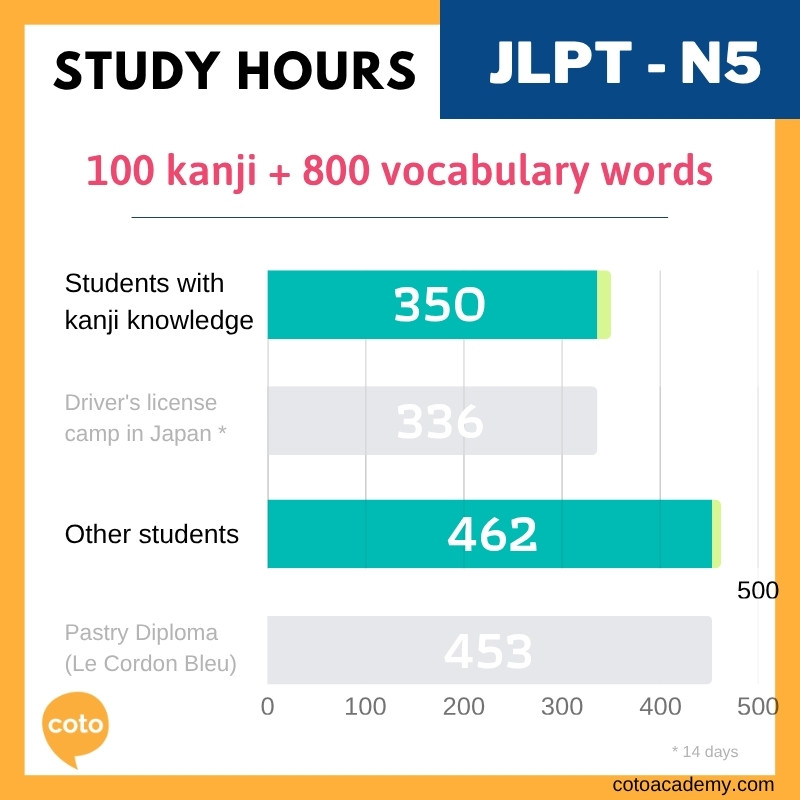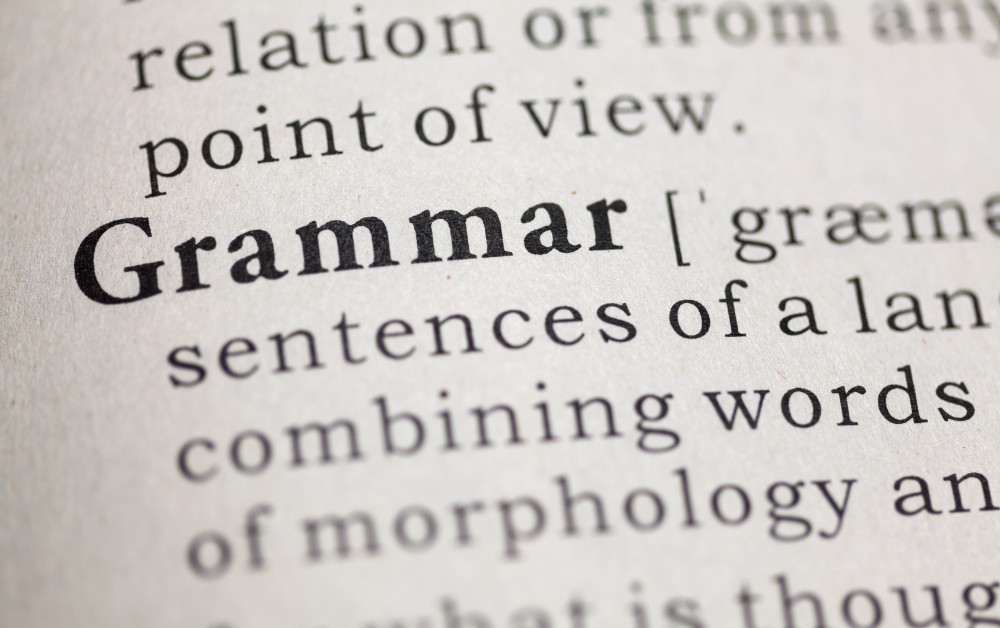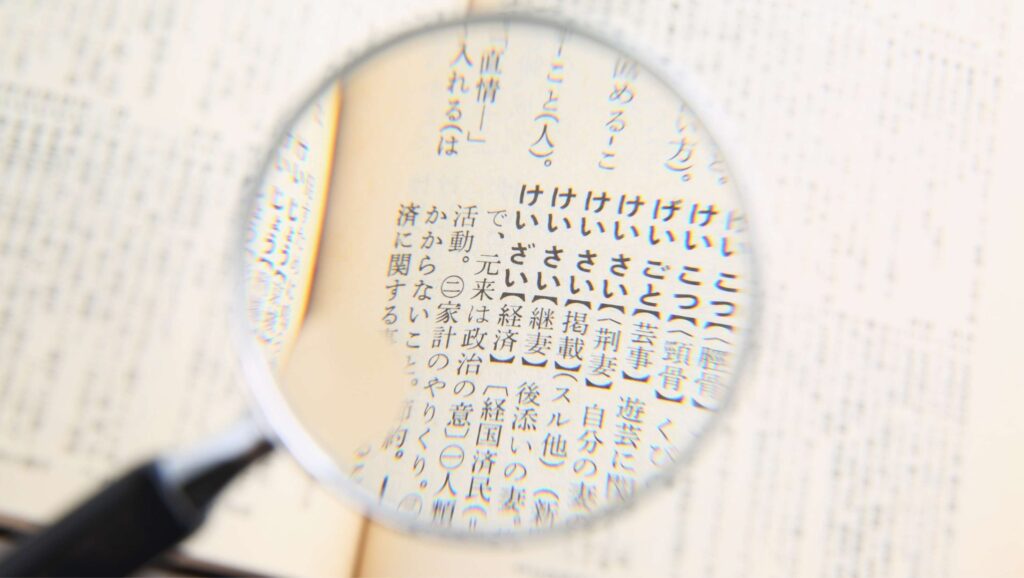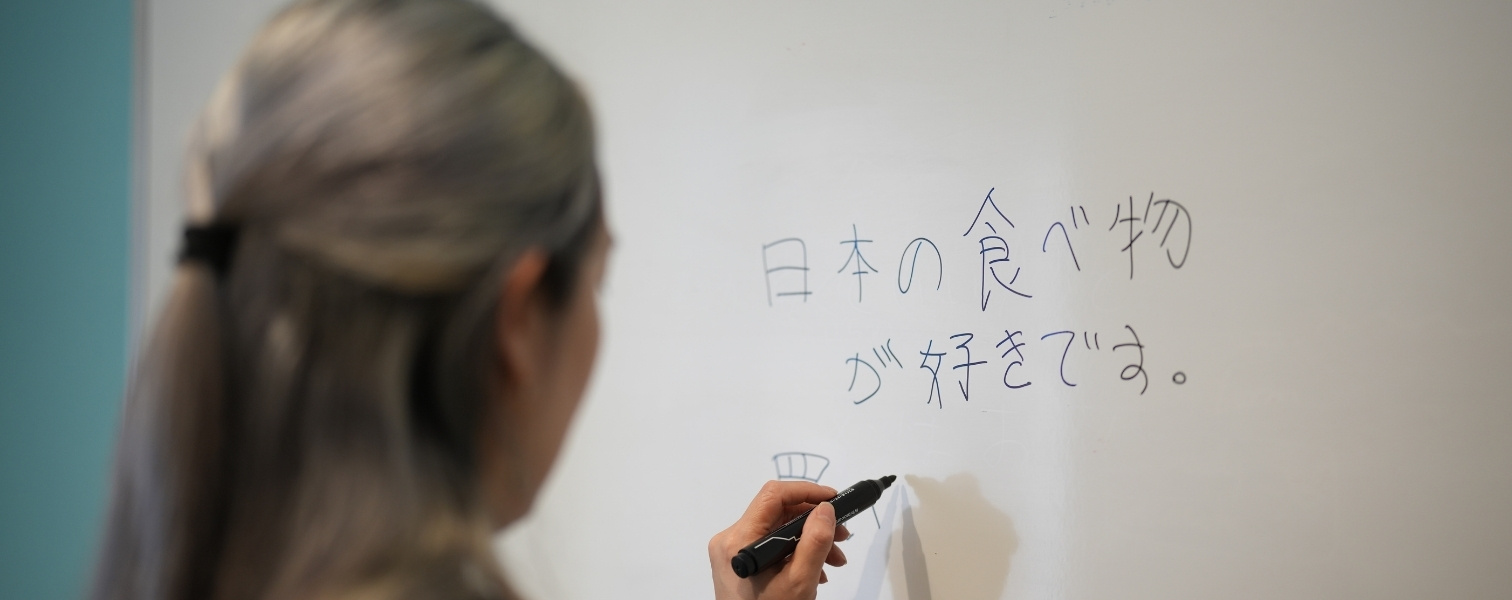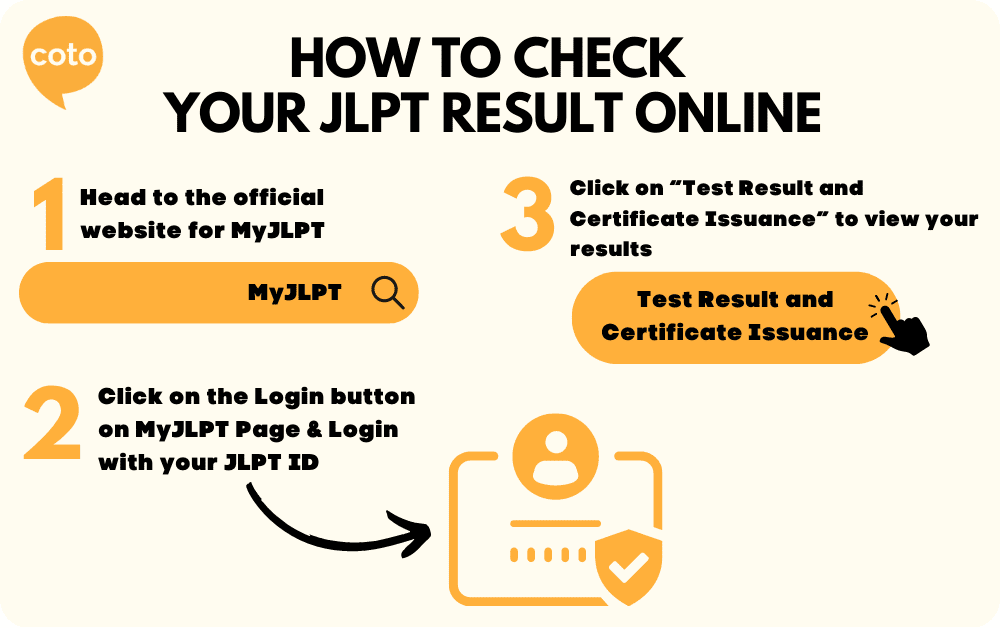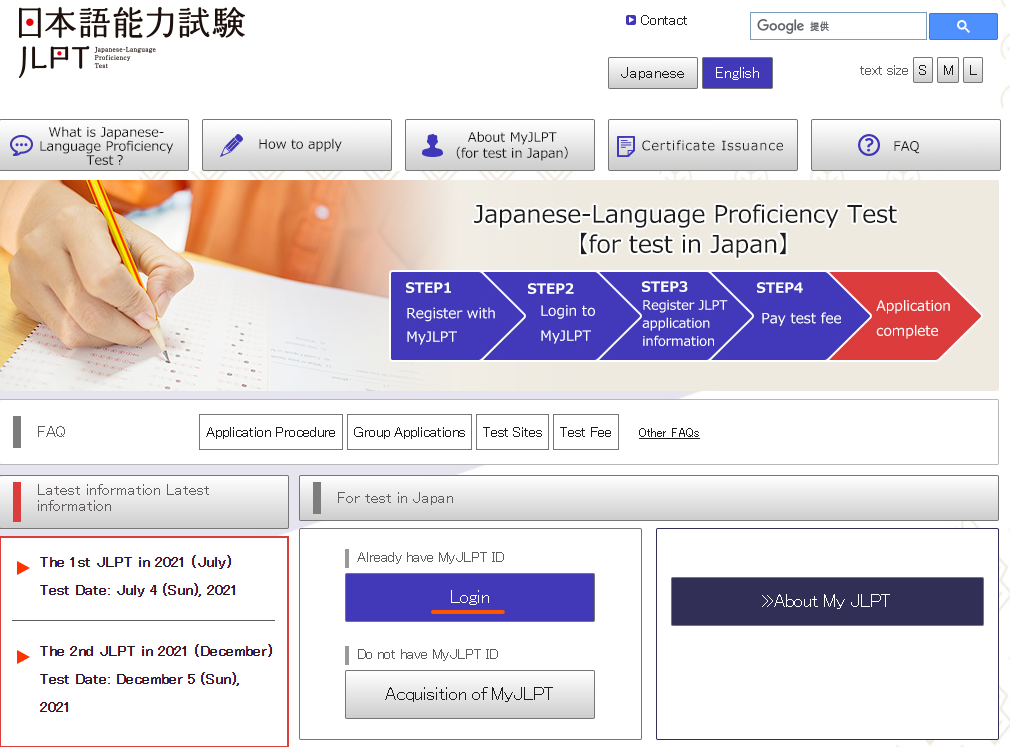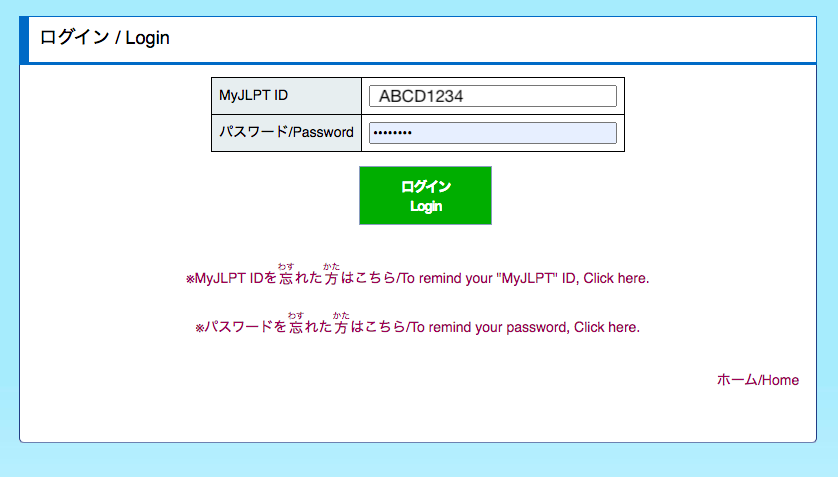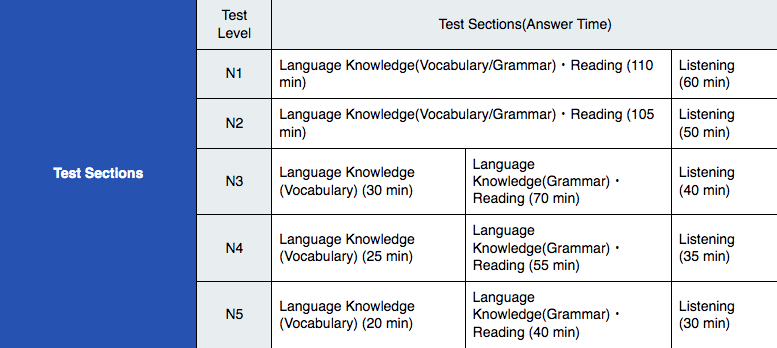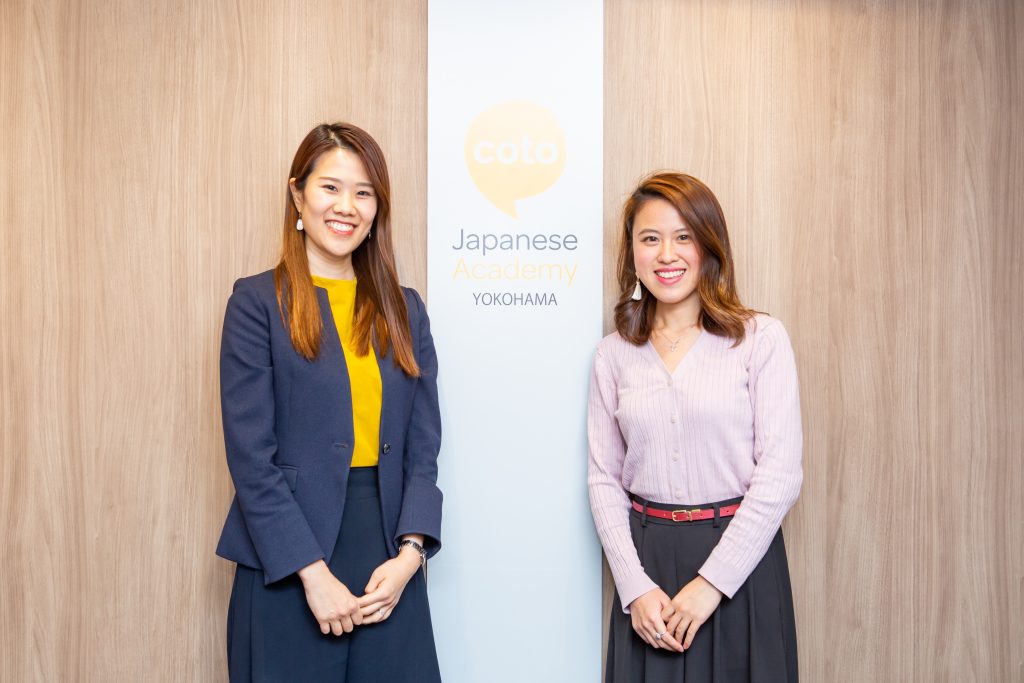You’ve decided to take on JLPT N5, but looking for the right Japanese N5 textbook can feel more overwhelming than actually studying the language.
So, read this guide to find out the top 20 N5 textbooks for beginners to ace the JLPT with flying colors — or to start your studies on the right foot. When you’re ready to jump to the next level, we have also JLPT N3 textbook and JLPT N4 textbook recommendations!
Should I take the JLPT N5 Exam?
If you plan on studying Japanese for a long time, signing up for the JLPT N5 helps you create a concrete goal to reach. Even though it will only cover the very basics, it’s the perfect way for beginners to stay motivated. JLPT N5 requires you to master at least 800 Japanese vocabulary words and 100 kanji, so you can also assess your ability and level appropriately.
Even if you’re not taking the JLPT N5, these textbooks are great for learners to soak in all the important beginner-level Japanese language components: hiragana, katakana, key vocabulary, and basic kanji. But what’s the best one you can find online?
Don’t know where to start with the JLPT? Check out our full guide on how to study for the JLPT!
What Will I Need To Pass the JLPT N5?
In order to pass the JLPT N5, you will need to know hiragana, katakana, kanji (around 100 characters), and master some essential grammar. You will also need to understand basic conversation in Japanese since there is a listening section. So, the best textbooks often prepare you specifically for the JLPT N5 or focus on one of the key areas, such as vocabulary, fundamental grammar, etc. There are a variety of options out there, but here are our top 20 picks!
Read More: Top 100 JLPT N5 Vocabulary List
Top JLPT N5 Textbooks
1. Nihongo Fun and Easy

Nihongo Fun and Easy is Coto’s self-developed study book. This book is designed to help students who are new to Japanese, including those with no prior knowledge of the language, to acquire natural-sounding, essential Japanese that can be used immediately in daily conversation. It’s a great option for beginners who want to study on their own. All practice and examples come with full English translation. You don’t have to worry about knowing hiragana and katakana first, too. The textbook comes with romaji, and you will learn the alphabet along the way.
The book includes lessons on simple Japanese words and a list of verbs and adjective conjugations. You’ll also receive an audio CD for learning dialogues in both Japanese and English. The book comes with an audio CD for learning conversational dialogues in both Japanese and English.
The book currently has two volumes:
- Nihongo Fun & Easy: Survival Japanese Conversation for Beginners
- Nihongo Fun & Easy 2: Basic Grammar for Conversation for Beginners
Price: $24 (¥2,782)
Click on this link to purchase the book.
Many of our courses use this textbook as well. Feel free to contact us about our JLPT Courses and more!
2. Genki

Genki is one of the most used Japanese language textbook series for beginners. Lesson chapters don’t focus on the JLPT itself but on everyday real-life situations and dialogues. For example, in the first lesson, they first teach you about conversations that can happen during the day, combined with clear and concise explanations about grammar and vocabulary.
Keep in mind that Genki is a textbook that was specifically designed for classroom teaching, so it may not be perfect for self-learners.
Price: $39.90 (¥4,601)
Click this link to purchase the book.
3. Minna No Nihongo

Minna no Nihongo is another popular classroom textbook. Lesson chapters include Japanese grammar, vocabulary, listening, and speaking skills. The text in the book is also fully in Japanese, so you will have to know hiragana and katakana in advance.
Price: $28.80 (¥3,920)
Click this link to purchase the book.
4. Nihongo So-Matome N5
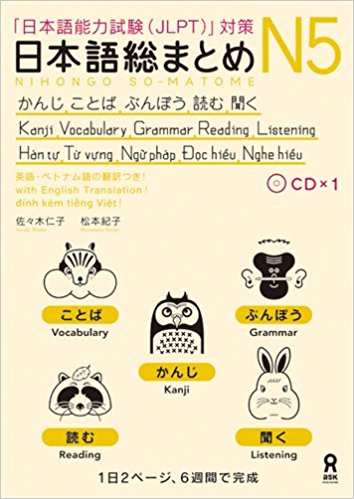
The Nihongo So-Matome N5 is an all-inclusive textbook. The book features 42 daily Japanese lessons that are categorized as kanji, vocabulary, grammar, and reading. It’s designed as a 6-week self-study aid. You’ll find common grammar points, guides on syntax and a list of kanji and vocabulary commonly found in the JLPT N5 exam. The textbook also includes a reading and listening practice with a pre-recorded audio CD.
Some popular topics covered in the textbook are
- What’s your name?
- What are you doing?
- Hands and feet
Price: $21.99 (¥2,535)
Click this link to purchase the book.
5. Goukaku Dekiru JLPT N4 & N5

While the Minna no Nihongo or Genki are N5-level, they’re not necessarily targeted to students who want to take the JLPT. For that, the Goukaku Dekiru JLPT book series is by far the most popular choice for test-takers. The textbook breaks down the JLPT into two parts. Part one focuses on all grammar and vocabulary, with 863 questions to help you tackle the language knowledge section. Part two is a collection of mock tests in the official format of JLPT.
The book includes two CDs for the listening section and an answer book.
Price: $29.89 (¥3,446)
Click this link to purchase the book.
6. 55 Reading Comprehension Tests for JLPT N5

The textbook includes 55 different N5-related Japanese readings with over a hundred questions. You will learn to analyze passages by understanding how to break down sentences into simple words to better comprehend them sentences. Questions in the book are modeled to represent the actual JLPT exam.
Price: $24.99 (¥2,881)
Click this link to purchase the book.
7. JLPT N5 Kanji, Vocabulary & Grammar Chokuzen-Taisaku

JLPT N5 Kanji, Vocabulary & Grammar Chokuzen Taisaku is a workbook perfect for anyone who is looking to take mock tests for the JLPT N5 exam, focusing on vocabulary, kanji, and grammar questions. Included is also an appendix section that contains important verbs, adverbs, and adjectives related to the N5.
Price: $17.73 (¥2,044)
Click this link to purchase the book.
8. 1000 Essential Vocabulary for the JLPT N5

To pass the JLPT N5, you will need to know 800 vocabulary, so learning 1,000 is a safe bet that you’ll ace the test. The textbook is broken down into 10 different chapters. Vocabularies are sorted based on their function and related contexts, like friends, food, hobbies, shopping, living, and health. This allows for better word retention.
There’s also a link to audio files for learners who want to hear the words and example sentences. Because of the small size of the vocabulary book, many learners will conveniently carry it around. There’s a red sheet to block the Japanese word (for a quick mini-quiz) and a checkbox for you to tick.
Price: $14.99 (¥1,728)
Click this link to purchase.
9. The Preparatory Course for the JLPT N5 Reading, Kanji, Vocabulary, and Grammar
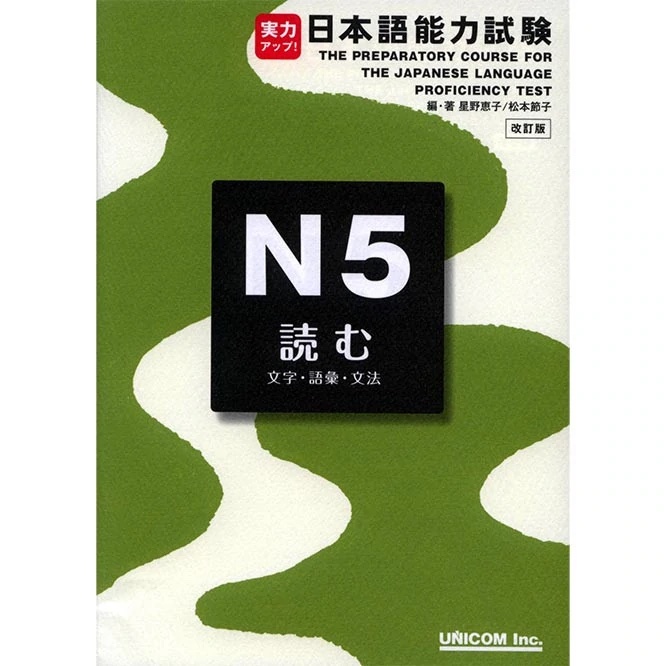
This textbook is a study guide for the JLPT N5. Chapters of the book include all material related to N5 kanji, grammar, forms of speech, and model sentences with simple explanations, making it easy to study on your own. There are multiple practice problems that allow you to check your comprehension level as well.
Price: $25.80 (¥2,974)
Click this link to purchase.
10. Tanki Master JLPT N5
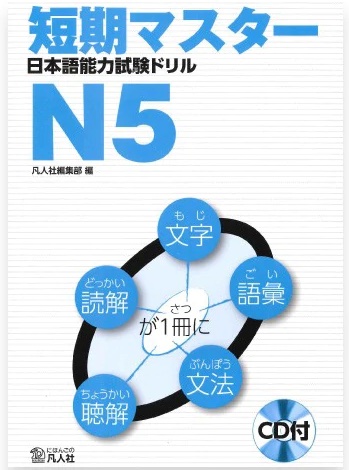
With an audio CD, the Tanki Master JLPT N5 has five different categories of Japanese Learning: Japanese characters, vocabulary, grammar, listening, and reading. The contents cover questions for every section of the test. The book is especially effective when used to help you review. It’s separated into two parts: practice questions and practice tests for mockups,s for learners to see how they did.
Price: $20.00 (¥2,304)
Click this link below to purchase.
11. Nihongo Challenge for JLPT N4 & N5 Kanji
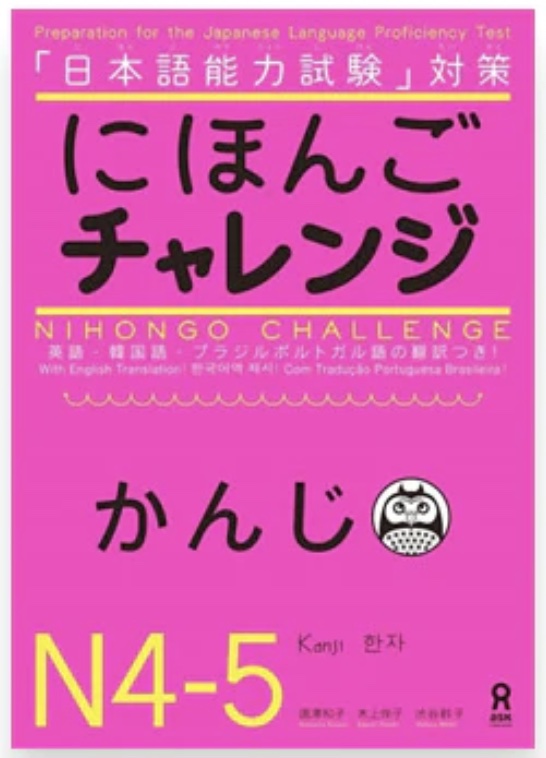
Each chapter in the Nihongo Challenge series teaches about 10 new kanji, complete with their stroke orders and free blank spaces to practice writing them. What is unique about this textbook is that each kanji has its own illustration and explanation.
Price: $19.00 (¥2,189)
Click this link to purchase the book.
12. Mastering Kanji: Guide to JLPT N5 Kanji

All kanji is thoughtfully introduced with a number of illustrations, which makes your learning more interesting and effective, too. At the end of every chapter, there will be review questions to assess your progress. You can also check your level in a separate “achievement”.
Price: $25.00 (¥2,881)
Click this link to purchase the book.
13. JLPT Official Practice Workbook
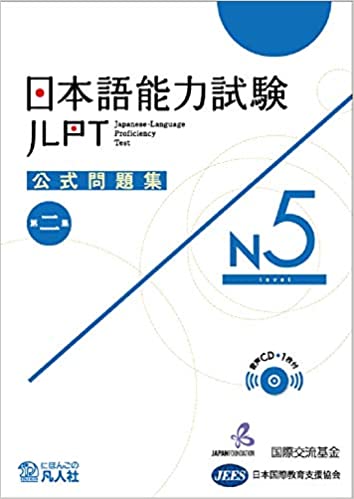
Once you’re confident that you’ve learned everything needed for the test, you can start doing mock tests through the official JLPT practice workbook.
Acting as a revision guide, the workbook is perfect if you wish to practice before the actual exam. There’s an audio CD for the listening section. The workbook has over 33 vocabulary and kanji sections, as well as 26 grammar and 6 reading questions.
Price: $14.00 (¥1,613)
Click the link below to purchase the book.
14. Basic Kanji Book
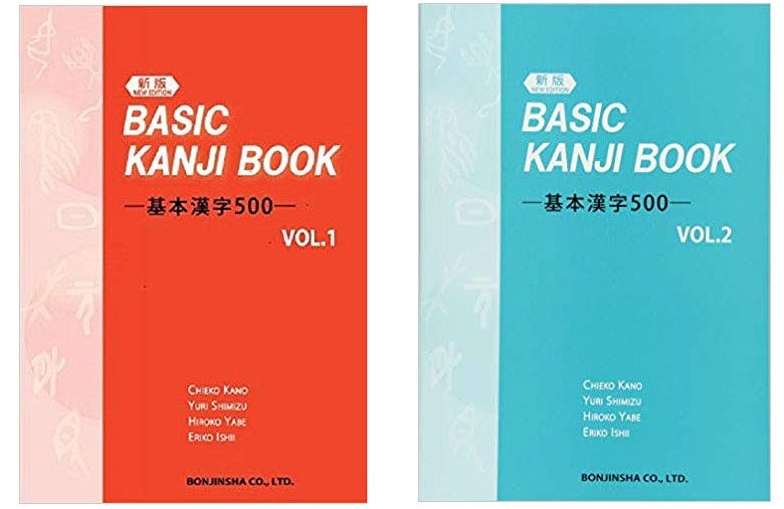
As one of the classic books for learning kanji, Basic Kanji Book Vol. 1 & Vol. 2 gives 500 fundamental kanji. You will learn to memorize kanji and write them according to their correct stroke order. Each unit has simple practice exercises to practice writing the kanji.
Price: $29.00 (¥3,344)
Click this link to purchase the book.
15. Try! Japanese Language Proficiency Test N5
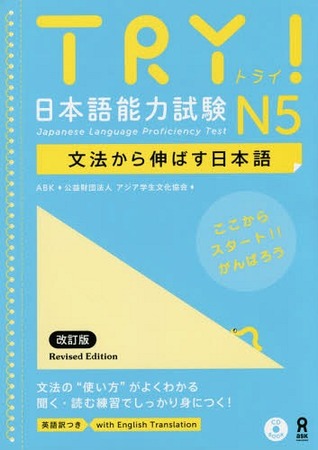
As part of the Try! series, the N5 volume covers nine different chapters of everyday life conversations. The Try! series is specifically designed to help students focus on Japanese grammar. In total, there are nine chapters, each equipped with practice questions and a final review.
Price: $24.50 (¥2,825)
Click the link below to purchase the book.
16. Drill and Drill JLPT N5 Kanji, Grammar, Vocabulary, Reading and Listening

The Drill and Drill JLPT N5 has over 250 questions on vocabulary, grammar, reading, and listening. Answers to the questions are provided in a separate booklet at the back of the book. The booklet contains detailed explanations of each question as well as example sentences and tips to answer each question. You can also find an audio CD for the listening section of the test.
Price: $28.00 (¥3,229)
Click this link to purchase the book.
17. JLPT Preparation Book Speed Master – Quick Mastery of N4 & N5 Vocabulary
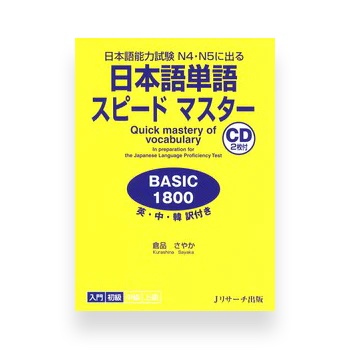
This is a book that combines N5 and N4 vocabularies. There are 1,800 words in total, separated into 50 units based on their relevant topics. Readings of the words are shown in both kanji and hiragana and have translations in English and Chinese. Every new word learned has a checkbox that makes it easy to continue where you left off.
Price: $19.99 (¥2,305)
Click this link to purchase the book.
18. JLPT Study Guide
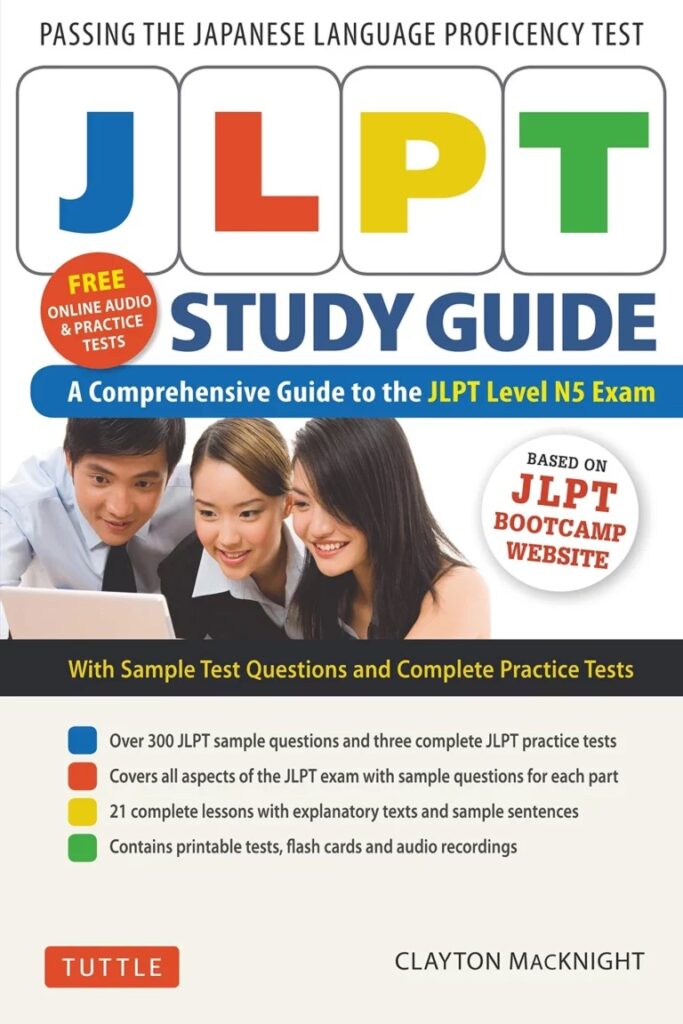
Created by a popular JLPT mockup test website, JLPTBootCamp.com, the book has over 300 practice test questions with printable flashcards for vocabulary, hiragana, katakana, and kanji.
Price: $25.00 (¥2,883)
Click this link to purchase the book.
19. Yookoso! Invitation to Contemporary Japanese Student
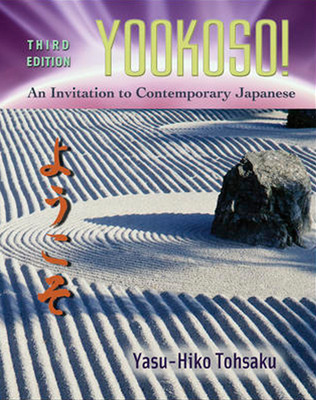
This book serves as a two-volume series for basic Japanese. It’s known to be the first to integrate all the Japanese language technical skills. The book is comprehensive but simple to follow. Although it’s more on the expensive side, there are a lot of example sentences and detailed explanations to help break down complex sentences into simpler words and phrases.
Price: $146.01 (¥17,692.15)
Click this link to purchase the book.
20. Japanese Kanji Mnemonics JLPT N5

Centered to help readers pass the exam, the book focuses on the 103 most common Kanji found on the N5 level test. The book is mostly used as flashcards as readers will be able to find the kanji mnemonic on the front page and the kanji information on the back of the page. Each mnemonic has its own drawing as well as a sentence example and explanations for better memorization.
Price: $16.91 (¥1,937)
Click this link to purchase the book.
What’s Next After Finding The Best JLPT N5 Textbook
Once you have found the best JLPT Textbook, use you will need to it to help strategize how to pass the JLPT N5. It’s a pretty long test and your chosen textbook(s) should cover every area from reading to listening in Japanese.
While finding JLPT learning resources is great for self-learning, we also recommend finding the right support from a professional instructor. We offer both JLPT self-study courses as well as online or in-person JLPT Courses taught by an experienced teacher who can help you dissect the N5 exam and be fully equipped to pass!
Want to learn JLPT N5?
FAQ
How many words and kanji do you need for JLPT N5?
You will need to know about 100 kanji and about 800 vocabulary words.
How long does it take to pass the JLPT N5?
It should take roughly 100 – 200 class hours, depending on how you study and what resources you use.
How can you prepare for the JLPT N5?
Both the JLPT N5 and N4 levels have been designed to test classroom Japanese. The best way to prepare is to take an introductory or beginner course in Japanese. We also recommend you buy N5 textbooks and workbooks and work through them on your own to better prepare yourself.
When I register for the JLPT N5?
The JLPT is held twice a year, usually in July and December. If you’re outside Japan, the test may be held only once a year, in July or December. Registration is usually open until mid-March (for July) and mid-August (for December)
How can JLPT N5 help you in Japan?
It does not help you that much.
Passing the different levels of the JLPT can provide you with great opportunities to work in Japan. However, simply passing the N5 is not enough to help you since the N5 is just a test of basic knowledge of the Japanese language. You would require at least a JLPT N3 certificate if you want to work comfortably in Japan. If you are planning to take the JLPT, we would recommend that you go through all 5 levels until you feel comfortable having conversations in Japanese fluently.
Shhould I take JLPT lessons?
Taking JLPT lessons can significantly boost your chances of success by providing structured learning with experienced Japanese teachers. With Coto Academy, you’ll benefit from expert instruction, flexible schedules, and a proven track record of helping students pass levels N5 to N1.
Check out our guides for other JLPT levels as well:
